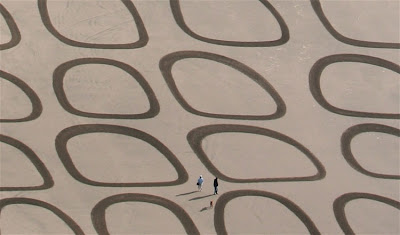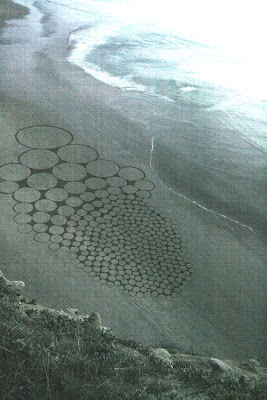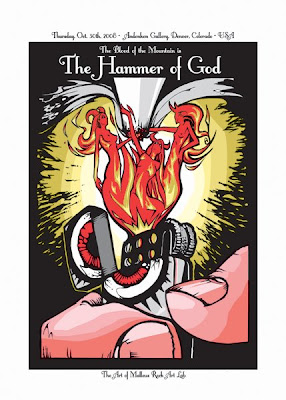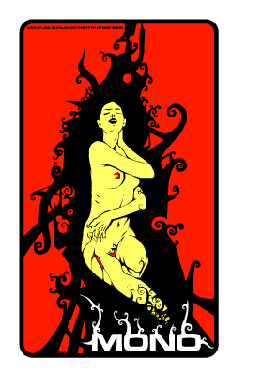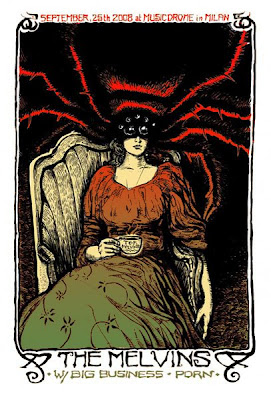>
Category Archives: art
>The Art of Chris Scalf
>
This dude knows how to draw.
And he knows how to use Photoshop.
And he’s got a hang-up on dragons.
But it’s still cool to watch that stuff come together.
He’s obviously a genius at what he does.
(Sometimes you have to drag the time slider to get these videos to start)
>The Art of Jim Denevan
>Watchmen graffiti
>
Watchmen – Illuminating reality
Watchmen – The end is nigh
Some thoughts about Watchmen the movie
>Malleus
>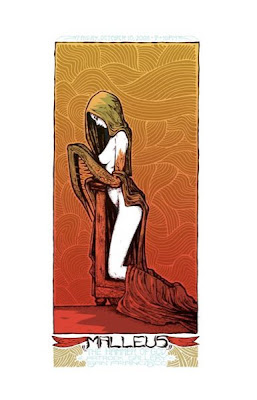 In most of my Roadburn posts I’ve been using art courtesy of Malleus without giving them credit, so here’s to you, oh masters!
In most of my Roadburn posts I’ve been using art courtesy of Malleus without giving them credit, so here’s to you, oh masters!
Malleus is an art collective consisting of three people: Lu, Poia and Urlo (the last two also in the doom metal band Ufomammut). Their devotion to the gig poster as true art is amazing. Also, their stuff is limited as fuck, so if you see something you really like – buy or die.

Last year I was supposed to buy the Earth poster (above). It was priced at 60 Euros. At the time I found that a bit too much to cope with, but this year I’d decided 60 Euros is nothing if you consider the amazing art and look at it as a painting instead of a poster… Only this year the poster (painting!) was priced at 100 Euros. Damn! 100 Euros is a bit more than nothing, so I didn’t buy it. I’ll probably regret it next year when it’s up at 150 Euros or something…
Instead I bought the first Malleus book, The Hammer of God, which I really recommend if you like the stuff they are doing.
>Laurie Lipton – Into the morbid black
The devil is in the details, so please click the images to enlarge.
Now make sure you visit laurielipton.com
…and no, she doesn’t look goth, metal or anything like that.
And in case you didn’t get her name, it’s Laurie Lipton. ;)
>Akayism
>
Kulturpedagog from mudlevel on Vimeo.
Dressed For Success from mudlevel on Vimeo.
The Machine from mudlevel on Vimeo.
The Box from mudlevel on Vimeo.
1 Down 7786 To Go from mudlevel on Vimeo.


